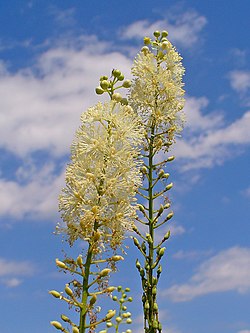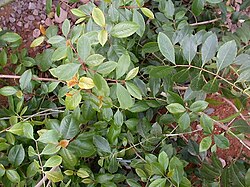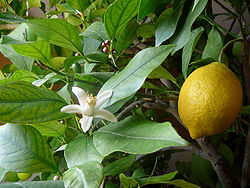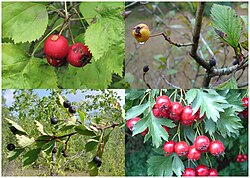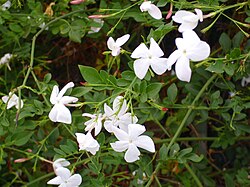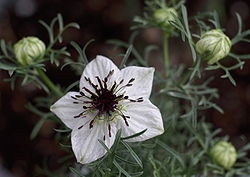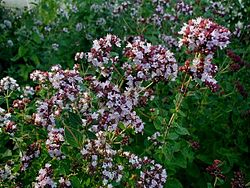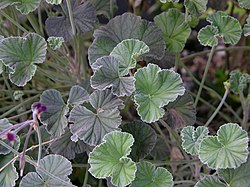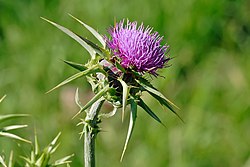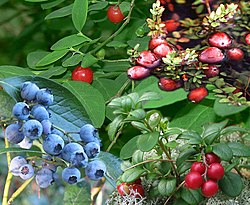This article has been flagged as possibly containing fringe theories without giving appropriate weight to mainstream views.(September 2017) |
This article needs more reliable medical references for verification or relies too heavily on primary sources .(September 2017) |
| Part of a series on |
| Alternative medicine |
|---|
 |
This is an alphabetical list of plants used in herbalism .
Contents
- A
- B
- C
- D
- E
- F
- G
- H
- I
- J
- K
- L
- M
- N
- O
- P
- Q 2
- R
- S
- T
- U
- V
- W
- X
- Y
- Z
- Databases
- See also
- Notes
- References
- Further reading
- External links
Phytochemicals possibly involved in biological functions are the basis of herbalism, and may be grouped as:
- primary metabolites, such as carbohydrates and fats found in all plants
- secondary metabolites serving a more specific function. [1]
For example, some secondary metabolites are toxins used to deter predation, and others are pheromones used to attract insects for pollination. Secondary metabolites and pigments may have therapeutic actions in humans, and can be refined to produce drugs; examples are quinine from the cinchona, morphine and codeine from the poppy, and digoxin from the foxglove. [1]
In Europe, apothecaries stocked herbal ingredients as traditional medicines. In the Latin names for plants created by Linnaeus, the word officinalis indicates that a plant was used in this way. For example, the marsh mallow has the classification Althaea officinalis, as it was traditionally used as an emollient to soothe ulcers. [2] Pharmacognosy is the study of plant sources of phytochemicals.
Some modern prescription drugs are based on plant extracts rather than whole plants. The phytochemicals may be synthesized, compounded or otherwise transformed to make pharmaceuticals. Examples of such derivatives include aspirin, which is chemically related to the salicylic acid found in white willow. The opium poppy is a major industrial source of opiates, including morphine. Few traditional remedies, however, have translated into modern drugs, although there is continuing research into the efficacy and possible adaptation of traditional herbal treatments.


